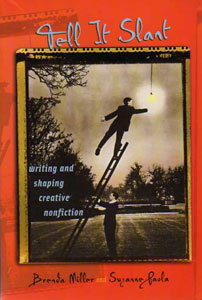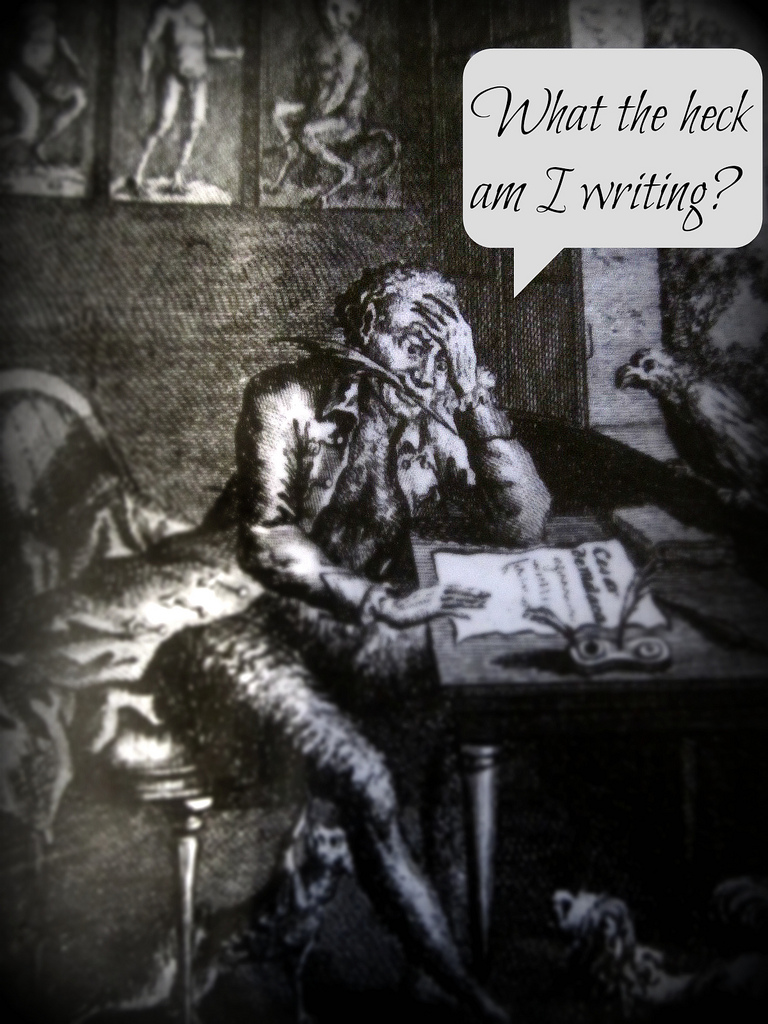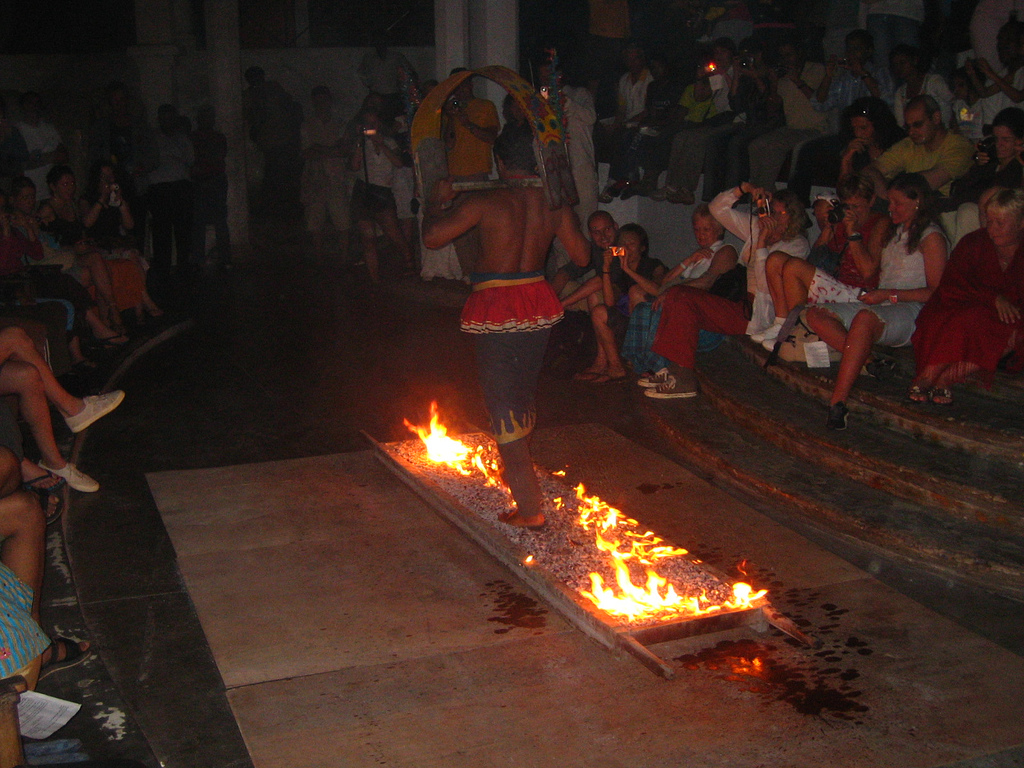Writing is Like… (Part 3)
Writing is like building a bird’s nest.
It’s easy to get stuck with writing, to think, “I have nothing new to say.” As the oft-repeated Biblical proverb says, “There is nothing new under the sun.” Most of the time the point of writing is not to create something new, but rather to assemble the available materials in the best way possible, just as a bird finds the best sticks, grass, and feathers and puts them in her nest.
Here’s a video of a great tit building a nest. (You can skip through it and still get the general idea.)
One thing I find fascinating about this video is that the bird doesn’t stop building her nest once she starts laying eggs–she keeps working and finding new materials until all her eggs are laid.
What are the components you can use in your nest? If you’re writing an essay, these will be your quotes and sources, your examples, your explanations. If you’re writing fiction, these will be your story tropes, character archetypes, and genre conventions.
Even if two birds use the same materials, their nests won’t turn out exactly the same. It is the same with writing–the point is not to create an identical product, but to use the wealth of materials available in the world around you.
Read more I’ve written on Metaphors about Writing.
Ignoring Writer’s Block
New York Times bestselling author Brandon Sanderson wrote:
Sit in a chair and write. Ignore this thing they call writer’s block. Doctor’s don’t get doctor’s block; your mechanic doesn’t get mechanic’s block. If you want to write great stories, learn to write when you don’t feel like it. You have to write it poorly before you can write it well. So just be willing to write bad stories in order to learn to become better.
There are lots of ways to fight writer’s block:
- If you’re stuck with no direction, try outlining, pre-figuring out where you are going to go, so when you sit down you just have to write it. Or, do the complete reverse, and just free write, putting words down on the page, non-stop, and letting the words take you somewhere. If one approach isn’t working, switch to the other.
- Work on a different project or idea. Find a different thesis or topic or story that you do have something to say about.
- Create artificial deadlines. I do this a lot–deciding, arbitrarily, that I need a draft done by a certain day or time. I often set lots of small deadlines, for example, I need to write a certain number of words today, before I go to sleep. For larger deadlines I like to reward myself when I reach them, typically with European chocolate.
- If the particular paragraph, sentence, or section I’m writing isn’t working, I’ll skip ahead to a part I’m prepared to write, and then come back to the part I’m struggling with later.
- Often, when I feel like I have writer’s block, I’m actually just procrastinating. Recognizing this makes a huge difference.
- I also have to recognize that very rarely do I have bolts of writer’s inspiration, and when I do have them, it’s not because I’m sitting around waiting for them to happen. I get moments of inspiration, gifts of the muse you can call them, when I’ve already put in the hard work, often after writing at least 500 words.
- And then, to me the best way to ignore or overcome writer’s block is to write regularly. As I’ve posted before, writing is like exercise–the more you write, the less your writing muscles will protest when you do write. It will still be work, but it’ll probably be less painful.
If you’re interested, there’s also two Writing Excuses podcasts on writer’s block: Butt in Chair, Hands on Keyboard, and This Sucks and I’m a Horrible Writer.
Credits/Citations:
Brandon Sanderson quote from “Writing of Epic Proportions” by Krista Holmes Hanby, BYU Magazine, Winter 2013 Photo Credit 1: Cali4beach, Creative Commons license Photo Credit 2: brainpop_uk, Creative Commons licenseHighlights of the Changing Hands 2013 YA Writing Conference
Last Saturday I attended the YA Writing Conference, hosted by Changing Hands Bookstore, the best indie bookstore in the Phoenix area.
It was a little different setup than other conferences I’ve attended. There were four classes available to take, and each person could sign up for three of the classes. Each class was an hour and fifteen minutes long. The classes varied from more to less formal; two of the classes I attended used a PowerPoint, one did not; many of the authors took some time for Q&A at the end; two of the classes used writing prompts or brainstorms. A tasty lunch was also provided, from a local restaurant, Dilly’s Deli. I did a quick count at lunch and there seemed to be about 50 attendees, not counting the authors and other guests.
First, the big questions:
What was the cost? The conference was $75 or $85, depending on when you registered for it.
Where was it held? At Dobson High School, in Mesa, Arizona.
Was it worth my time and money? Yes.
Would I go again? Yes. The authors were well-prepared and insightful, and I had a great day.
Would I recommend it to other writers? Yes, if you’re a beginning or intermediate writer. Also, it’s useful if you want to network or feel invigorated by being around other writers.
Now a little more about the specific classes I took:
Unforgettable Characters by Janette Rallison (aka C. J. Hill) and Amy Fellner Dominy
Janette and Amy covered a lot, including Donald Maass’ exercise for adding heroic characteristics to any character (regardless of genre), highlights from James Frey’s The Key, and how to develop and incorporate your character’s unique voice.
One writing exercise they used was to have us write an answer to the question “What is your favorite type of ice cream?” in both your own voice and your character’s voice.
We also spent a lot of time talking about how to give your character the most compelling and likable goal that you can. It reminded me of one of the early chapters from the book Save the Cat.
Essentials of Science Fiction and Fantasy: Developing New Worlds by Suzanne Young and Suzanne Lazear
Whether you’re writing science fiction or fantasy, steampunk or dystopian, world building is essential. Key to this is creating a set of rules and then sticking to them so your readers can understand how the world works. We spent a fair bit of time discussing different genres (i.e. steampunk vs. dieselpunk, urban fantasy vs. contemporary fantasy) and how genre will impact the types of rules you create. To me, this is very similar to nonfiction writing, in that you have to set up your readers’ expectations and fulfill them, and that is what creates a worthwhile reading experience (this is often called the reader-writer contract).
We talked about the questions you can ask to develop a world, and the authors referred to an excellent, rather comprehensive list of world building questions by Patricia C. Wrede on the Science Fiction and Fantasy Writers of America website.
Suzanne Lazear had a nice metaphor: your world provides the bones of the story. Your characters and plot are the flesh of it.
Heroes vs. Villains by Cecil Castellucci, James A. Owen, and Shannon Messenger
There was some definite overlap between this class and the character class, which makes sense, as a lot of what makes heroes and villains interesting is who they are as characters.
One topic that fascinated me was the similarities between heroes and villain. The hero and the villain have the same set of development needs. The difference between them is often minimal, based off of their choices and goals and who the author chooses as the viewpoint character (take, for example, The Wizard of Oz and Wicked). Both the hero and the villain are typically convinced that they’re doing the right thing.
This session had a really fun writing exercise. Each person in the room was randomly given three things: the label hero or villain, a role (pirate, dragon slayer, etc.), and a character trait (momma’s boy, short, etc.) Then we had to develop a character and write a scene. The exercise forces you to think on your feet and to come up with a set of core characteristics that paint a picture of someone.
The final class that was offered was Writing Realistic Dialogue with Laura Ellen, Tom Leveen, and Erin Jade Lange. I heard it was excellent.
Lunch and YAllapalooza
During lunch there was a panel discussion, led by James Blasingame of ASU. Librarians and book buyers discussed the difference between YA, Middlegrade, and Adult fiction, the need for more Early Reader chapter books, censorship, and some other interesting topics.
After the conference there was a YAllapalooza at Changing Hands. This was free and open to the public. It was a somewhat lengthy program, and unfortunately I wasn’t able to stay for the whole thing. There were games with the authors, a prize raffle, questions for the authors, and then, of course, a chance to buy and get books signed. The games were rather funny and provided the audience with a chance to interact with some of their favorite authors. There were four other authors at this event who didn’t teach at the conference.
Writing is Like… (Part 2)
Writing is like exercise. Ideally we’d all do it at least 20 minutes a day, 5 days a week.
Photo Credit: Ed Yourdon
If I wanted to run a marathon I would have to do an intense daily training regimen. But even though I’m not personally interested in running a marathon, it’ s still important for me to regularly exercise so I stay healthy and fit. Only if I’m exercising regularly do I have the muscle strength and physical stamina to participate in the physical activities I enjoy, like racquetball and hiking.
Writing is like exercise. If you’re writing regularly your “writing muscles” will be in shape, more practiced, more capable of performing. The habit of writing stimulates ideas. It makes it go more smoothly.
You may be able to run a few miles without exercising regularly, or write a 5 page paper the day before it’s due, but neither will make you very happy. If you want to write at your best or to improve your writing, you should write every single day.
Make sure to check out all my Writing is like… posts, from this page on Metaphors about Writing.
Tell all the Truth
I first encountered what is now one of my favorite Emily Dickinson poems in a class I took on memoir writing. Here’s the short, two-stanza poem:
Tell all the Truth but tell it slant — Success in Circuit lies Too bright for our infirm Delight The Truth’s superb surprise As Lightning to the Children eased With explanation kind The Truth must dazzle gradually Or every man be blind —
I’ve found that “tell it slant” has been great advice for me as a writer.
In argumentative writing, it means I don’t always come out with my argument from the gate. If you start with your argument (i.e. we need strong gun control) you can sometimes lose all hope of persuading an audience who doesn’t always agree with you. From the start they already know they disagree with you, whereas if you use a point last structure, you can start on common ground and at least get your audience to listen to you.
In creative writing, to me “tell it slant” means to focus on craft and character and dialogue, to not be overly didactic with whatever “truth” I think I know, to let both characters and my readers figure things out on their own, and allow them to learn their own lessons, which may or may not be what I had originally intended.
 The book Tell it Slant takes its title from Emily Dickinson’s poem, explaining, “she meant, we think, that truth takes on many guises; that the truth of art can be very different than the truth of day-to-day life” (2). The authors go on to quote Salman Rushdie:
The book Tell it Slant takes its title from Emily Dickinson’s poem, explaining, “she meant, we think, that truth takes on many guises; that the truth of art can be very different than the truth of day-to-day life” (2). The authors go on to quote Salman Rushdie:
Literature is where I go to explore the highest and lowest places in human society and in the human spirit, where I hope to find not absolute truth but the truth of the tale, of the imagination and of the heart. (3)
I hope that I can learn to tell the truth in my writing, to speak to the imagination and to the heart.
Writing is Like…
The idea wasn’t originally mine–as is common in the writing classroom, I borrowed it from another teacher. Every semester, on the first day of class, each of my students has to complete the metaphor “Writing is Like…”
I’ve now heard hundreds of metaphors, many of them involving pain and suffering–for freshmen taking a required general education writing class, writing is often like opening a jar full of cockroaches. Or writing is like wandering, endlessly, in a maze that, well, never ends.
For me, writing is like a great many things, and I’ll share some of these metaphors over the coming weeks. But first, I’ll start with the one I share on the first day of class every semester.
Writing is like walking on a bed of coals, and then finding oneself on a tropical beach.
Yes, writing can be painful. I force out words and sentences that frustrate me–they’re poorly built, they’re not headed in the right direction, and sometimes, they’re simply the wrong words for the situation, a defilement of the empty page. Sometimes I burn myself while writing.
But my metaphor is more complex than that. According to Wikipedia, firewalking has been seen “as a test of an individual’s strength and courage”; this too is true with writing. And just like firewalking, in practice writing is not as painful as it looks: while I’ve never tried firewalking, apparently “the amount of time the foot is in contact with the ground is not enough to induce a burn” and “embers are not good conductor of heat.” In other words, writing doesn’t have to be painful.
Last February I watched a show featuring firewalking near the beach in Oahu, Hawaii. In the same way, when I’ve finished writing something, especially something that challenges my skills and creates something of worth, I feel like I’m vacationing on a tropical island.
What do you think? Is writing painful for you? Do you find anything redemptive about it?
Photo Credit: Aidan Jones, Creative Commons license
This page called Metaphors about Writing has links to all the other posts I’m writing in this series.






